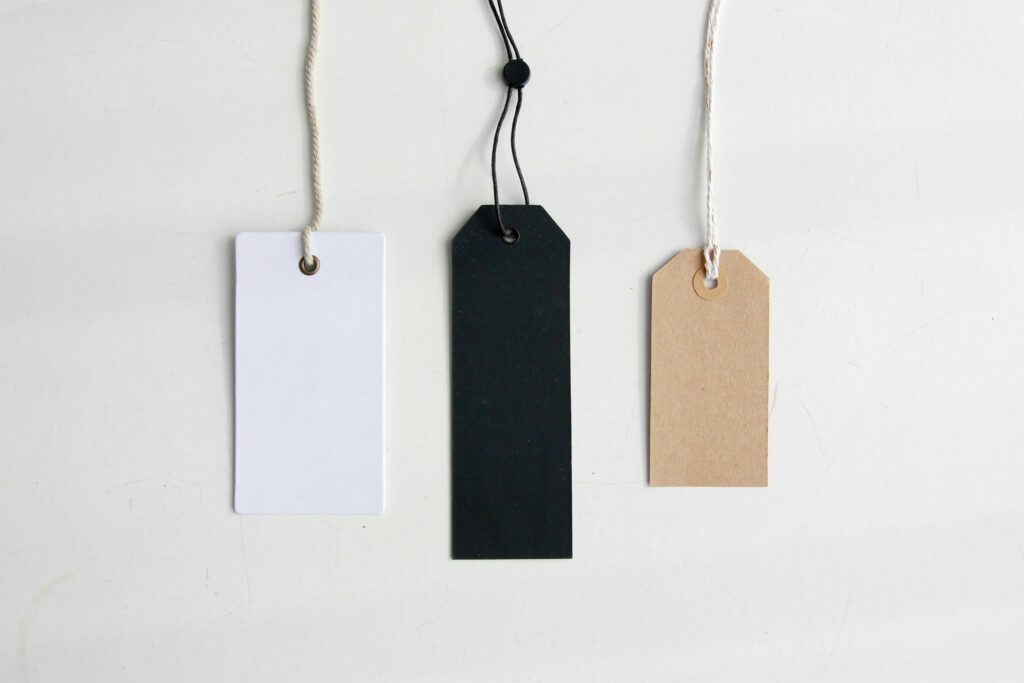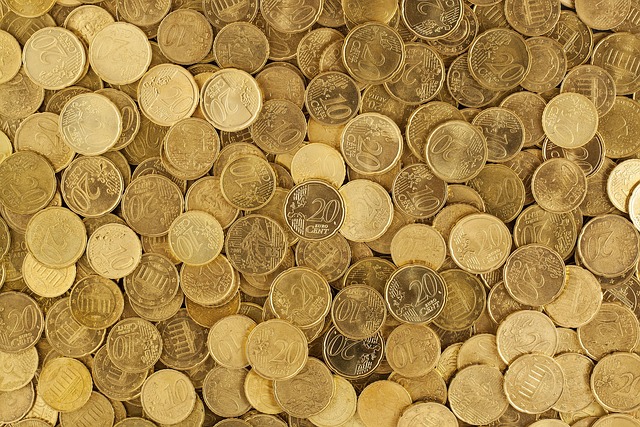Introduction: Why Minimalism Isn’t Just a Trend
Decluttering isn’t about bins, baskets, or beige walls. It’s about getting your head and your space to breathe a little easier. At its core, the mindset behind minimalist living is about clarity—knowing what you own, why you own it, and how it serves your day-to-day. When the unnecessary gets cleared, what’s left starts to matter more. You find calm in the empty spaces, control in your routines.
People often confuse decluttering with decorating. It’s not about chasing a Pinterest-perfect room—it’s about cutting the noise so you can focus. Fewer distractions. Less cleaning. More room to think. When space isn’t jammed full of stuff, energy flows better. You walk in, and everything has a reason to be there.
This approach doesn’t just look good—it feels good. That’s the shift: decluttering not as sacrifice, but as a strategy for better living. It’s not about owning less for the sake of it. It’s about choosing what actually fits your life right now.
Step 1: Define Your “Why”
Decluttering isn’t about tossing stuff just to have less. It sticks because it starts with intention. What do you want more of—clarity, calm, control? Or maybe it’s more space to breathe, work, or create. A clear reason helps anchor your effort. Without it, you’re just organizing chaos.
Before you lift a single item, ask yourself:
– Why now?
– What do I want to feel when I walk into this space?
– Am I chasing an ideal—or solving a problem?
These answers shape decisions as you go. When you’re knee-deep in old keepsakes or questionable kitchen gadgets, your “why” becomes the filter. Keep what serves it. Let go of what doesn’t.
Watch out for common traps. Guilt items—things you spent money on but never used—will try to cling. Same with the “someday” stuff. Own your present, not your fantasy future. And skip the perfection mindset. Your space doesn’t need to look like a design magazine. It needs to work for your life. That’s the only rule that matters.
Step 2: The One-Room Rule
Start Small, Win Big
Minimalist living doesn’t begin with hauling out bags of clutter. It starts with one room—and one room only. By narrowing your focus, you can avoid burnout and build momentum. The key here is to give yourself permission to go slow and finish strong.
Why starting small works:
– Less decision fatigue
– Easier to see progress quickly
– Builds motivation to continue elsewhere
Which Room Should You Declutter First?
Choosing the right starting point can set the tone for your entire minimalist journey. Skip the garage or attic (for now). Instead, pick a room you use daily and where clutter impacts your mood and routines the most.
Good starting points:
– Bedroom: A clean sleep space improves rest and clarity
– Bathroom: A quick win with items that expire or have obvious toss cues
– Entryway: Keeps your daily exits and returns stress-free
Set Manageable Goals Per Session
A minimalist overhaul doesn’t happen in a weekend—and it shouldn’t. Set small, clear goals for each decluttering session to avoid overwhelm.
Try this approach:
– Dedicate 30–45 minutes per room, per session
– Use a timer to stay focused and avoid fatigue
– Break the room into zones (drawers, shelves, surfaces)
Making minor progress in one focused area lays the foundation for long-term change. Remember: done is better than perfect.
Step 3: The Three-Box Technique (Keep, Toss, Donate)
Decluttering doesn’t have to be complicated. The three-box method keeps it clean: one box for what you keep, one for what you toss, and one for what you donate. That’s it. Use this structure in every space—you’ll move fast and make fewer emotional detours.
Then there’s the dreaded “maybe” pile. Don’t let it grow roots. If you haven’t used it in the last six months and it doesn’t spark real, not-forced joy, it probably isn’t earning its place. Set a time limit—say, 30 days. If you don’t reach for it or truly miss it in that window, it goes.
When it’s time to get things out the door, think sustainably. Donate gently used items to local shelters, community centers, or nonprofit thrift shops. For electronics, batteries, and textiles, find verified recycling programs online or through retailers. The goal isn’t just to clear your space—it’s to do it responsibly.
Step 4: Style Meets Function
Minimalism doesn’t mean empty—it means intentional. Every item you keep should earn its spot. Start with decor. Choose pieces that serve more than one purpose, like a storage bench or a mirror that bounces light into darker corners. Think utility first, then looks.
Neutral tones and clean lines help keep the space calm and distraction-free. Stick to a simple color palette—whites, soft grays, warm woods—that makes mixing and matching a no-brainer. When it comes to form, avoid excess ornamentation. Let the materials speak. A well-made chair with solid shape does more than five fiddly throw pillows ever could.
Smart storage is your silent hero. Use wall-mounted shelves, under-bed bins, and closed cabinets to hide what’s necessary but not beautiful. Multipurpose is the mantra: less stuff, more use. A coffee table should fold, store, or serve. Your desk should double as a quiet reading spot.
Looking for ideas to refresh your space affordably? Check out: Updating Your Home on a Budget: Stylish Decor Hacks.
Step 5: Create Everyday Habits
Decluttering doesn’t work if it’s a once-and-done thing. To keep your space clear, your habits have to step up. Start with five minutes in the morning or evening: hang up jackets, toss junk mail, clear a surface. Routine is stronger than willpower.
The 10-minute reset is a game changer. Set a timer, pick a zone—kitchen counter, entryway, workspace—and put everything back where it belongs. It’s fast, low-stress, and makes a visible impact. Do it daily or after big tasks. Clutter hates consistency.
Tech can help too. Apps like Google Keep or Evernote are great for digitizing notes and receipts. Need help sorting files? Try Minimalist or Tody for keeping things tidy both physically and digitally. And scanning important papers with your phone? One and done, then shred.
Setting the tone for order doesn’t mean doing more—it means being smarter with what stays and what gets attention. Small actions, repeated daily, make space feel lighter.
Common Pitfalls to Avoid
Minimalism looks clean and easy in a styled Instagram shot—but getting there isn’t always straightforward. For many, the biggest challenges aren’t about stuff. They’re inside your head.
First, perfectionism paralysis. You wait until you have the perfect system, perfect bins, perfect timing. Meanwhile, nothing gets done. Action beats perfect plans every time. Start messy. Progress is better than a spreadsheet full of color-coded intentions.
Then there’s guilt-driven hoarding. You hang on to things because they were gifts, or because they were expensive, or because you might need them someday. That’s emotional debt, not value. If it’s not serving your life now, let it go without guilt.
Lastly, aesthetics are great—but they’re not the goal. Don’t chase the minimalist look while ignoring function. Empty counters mean nothing if your essentials are always out of reach. Choose what stays based on how it helps you live, not just how it looks on camera.
Being aware of these traps makes it easier to sidestep them. Decluttering is a mindset shift—less about stuff, more about clarity.
Final Thoughts: Minimalism Your Way
Minimalism isn’t a formula. What works for one person—bare white walls and a single chair—might feel empty to someone else. That’s not failure. That’s personal preference. The goal isn’t to prove something. It’s to build a space that reflects how you honestly live.
Empty surfaces can be uncomfortable at first. That’s normal. But open space isn’t a void—it’s breathing room. It’s clarity. When you stop trying to fill every inch, you start noticing the things that matter: light, flow, stillness. Make peace with that silence. It has something to say.
Decluttering doesn’t mean throwing your life away. You’re not losing. You’re choosing. Keeping what’s useful, beautiful, meaningful. Letting go of what you’ve outgrown. It’s not about doing without—it’s about making room for better. Your style, your pace, your choice. No rules. Just intention.



